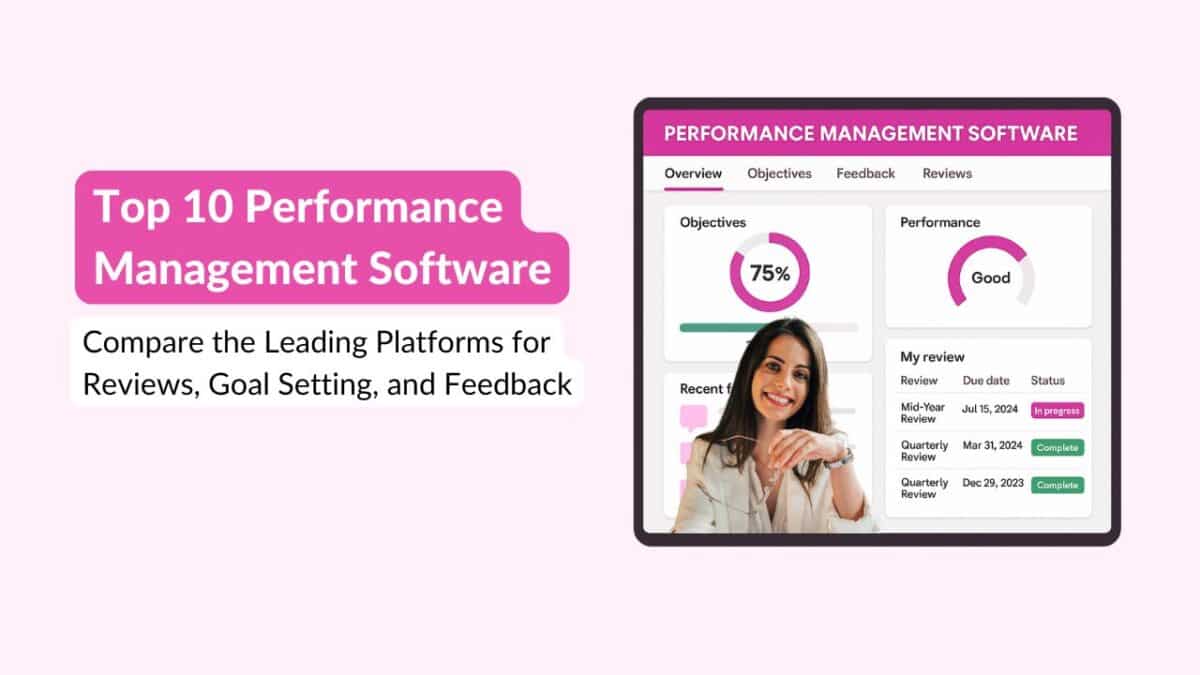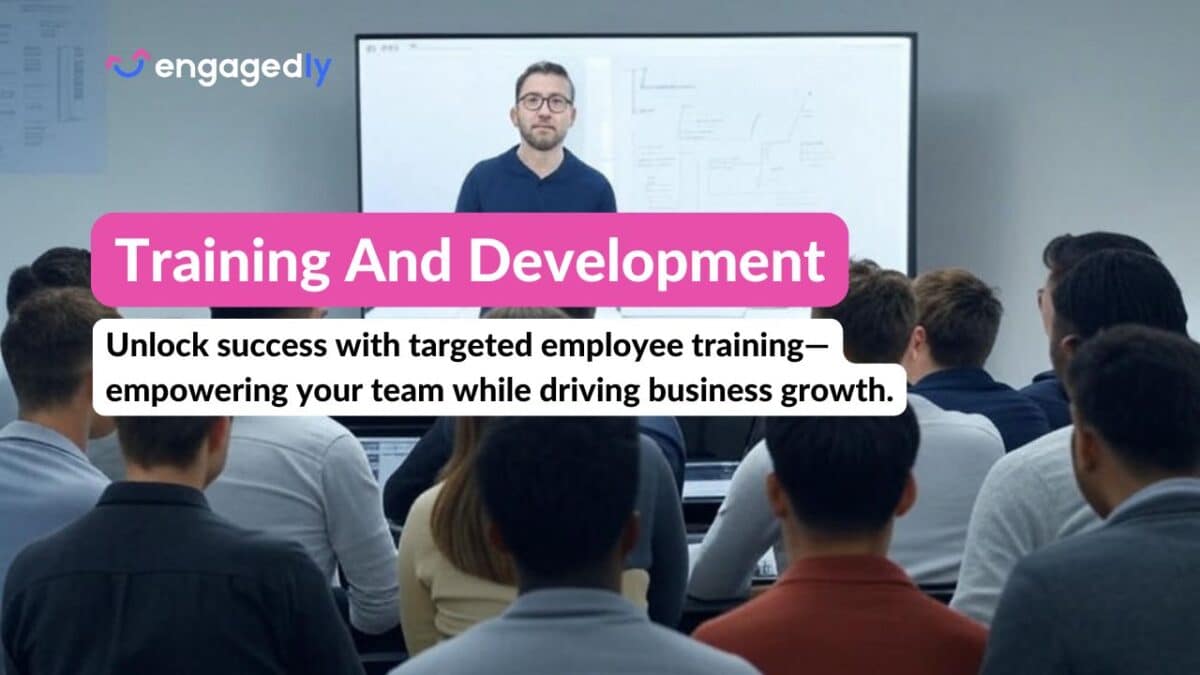Here’s a hypothetical scenario.
Farming Collective* is a fledgeling startup which aims to create a platform for farming communities to sell their produce at profitable rates. The start-up’s co-founders are able to convince investors and venture capitalists of the viability of their platform and the investments come pouring in.
The organization starts off small with 5 employees only, including the CEO. Business is booming, and the organization finds that they need to hire more people. They hire another 5 people. Despite the small amount of employees, the organization thrives. However, the workload gets to be too much. As the business grows, responsibilities too increase, and the organization finds that they cannot handle the increased responsibility. Cue–more hiring. This time, 15 more people join the team, in short bursts.
The organization continues to work the way they initially did–when there were only 5 people onboard. Except this is when things begin to go off the rails. Everybody does their own thing but none of it comes together in a cohesive approximation of a successful business model. Furthermore, each employee seems to operate under the assumption that everybody else knows what they are doing. This carries on for a while and eventually, Farming Collective goes the way of many start-ups. It tanks and disappears without a trace.
This is not an unnecessarily negative scenario. The fact of the matter is that for every start-up that takes off; there are nine others that fail spectacularly.
*As you can guess – FarmingCollective isn’t a real company. However, the scenario I described, that is an amalgamation of many real scenarios of startups which got off to a good start and then fizzled out. Furthermore, if you are interested in how exactly these start-ups rose and then fell, check out this article here by CB Insights1.
Here’s a non-hypothetical scenario.
Way back in 1999, at a startup which was only a year old, a venture capitalist named John Doerr made a presentation about OKRs.
For the uninitiated, OKRs stand for Objectives and Key Results. That startup in question immediately fell behind the concept and began implementing them. And how did they implement them? Firstly, they made sure that everybody’s OKRs were public. There was nothing hidden or secret about OKRs. The OKRs in question had to be ambitious and slightly out of reach. If the OKR did not make you sweat, then it probably wasn’t ambitious. These OKRs were made measurable. The start-up in question utilized a scale of 0 to 1.0 – where getting a score of 0.6 to 0.7 was acceptable and good even. And finally, bad grades weren’t punished. Instead, they were simply used to refine the next set of OKRs2. The implementation of Objectives and Key Results changed the way things worked. Goals were more open, easily understood and measurable. This use of OKRs set off a precedent and as a result, OKRs are utilized even today at that start-up 2.
Except, it’s no longer a start-up today. It’s a multinational tech giant which is poised to become the first company valued at a trillion dollars by 2020.
If you guessed that the company I was referring to was Google – then you guessed absolutely right!
I’m not aggrandizing the role of OKRs in Google’s growth to a billion-dollar conglomerate. But we cannot deny that implementing OKRs helped Google grow. And there must be some value to them if Google continues to utilize them even today, despite having an employee base that numbers 55,419.
So what exactly are the benefits of OKRs? But before we dive headlong into that, let’s get one thing clear.
OKRs are not to be conflated with employee performance evaluations. And nor should employee performance evaluations be considered similar to OKRs. They are two completely different things. OKRs involve goals and results, while employee performance evaluations measure how well an employee had performed within a period of time.
Back to OKRs: what’s so great about them, you might ask? And why are they so relevant to start-ups? Here’s is why:
Disciplines Thinking
When you have nothing that streamlines your ideas or disciplines them, then your ideas are just as good as headless chickens running around.
For instance, you might be working at a tech company. And you have just thought of a brilliant idea about designing T-shirts for cheap. Now, as fantastic as your idea is, if it doesn’t help you accomplish your personal goals or align with the company goals, it is pretty much pointless. Any effort spent on that idea diverts you from working on achieving your objectives and key results. Establishing an objective and laying out the key results that you want to achieve ensures that your ideas, thought, and processes have a determined focus on them.
Improves Communication
You have a set of objectives that you need to meet. And so does a colleague. At some point, both of you realize that in order to achieve your objectives you need to meet each other halfway. While you might initially start to collaborate because you need your colleague’s help to excel, over time, you will realize that in the process of collaborating, you have also begun communicating.
Setting OKRs at every level, not just personal, but also at company and team levels means that at some point or the other, all employees will begin communicating. At first, it might be out of necessity, but over time it becomes genuine and organic. Good performance can turn ordinary teams into high-performance teams. What characterizes a high-performance team? Read our previous article characteristics of a High-performance Team to find out!
Clarifies Goals and Work Processes
Setting up an OKR is not something that is done in the privacy of your cubicle, or only by the higher-ups of your organization.
OKRs involve everybody and are not private. How can you expect an employee to align themselves with an organization’s goals if they do not know what the organization’s goals are? And how can an employee figure out they need to collaborate with another colleague if they do not know what the colleague’s goals are?
Knowing about an organization’s goals, objectives, and key results and how an employee fits into the grand scheme of things gives everybody a clearer idea about the big picture, and how they fit into the big picture. Once they know what role they play in an organization, employees find it much easier to meet goals and objectives. And that of course, leads to key results being met!
Streamlines Efforts and Improves Focus
This point is an offshoot of the above one. When there’s an objective with measurable key results to be met, employees are able to streamline their efforts and focus on achieving results that matter to the objective. They learn to prioritize some tasks over others and in essence separate the wheat from the chaff. This ensures that employees spend their time and efforts productively.
Establishes Markers and Indicators of Success
Having objectives and measurable indicators redefines the notions of success. Success more often than not is measured by the end result. Not that this method of determining success is wrong. However, it is one-dimensional, and it does not consider a lot of other factors such as the methods implemented in order to be successful. Or the skill sets, dedication, and hard work involved. OKRs, on the other hand, redefine the meaning of success and the measurability of goals.
What do you think of OKRs? Do you feel like an organization can do without them? Or do you think they are integral to an organization’s growth and success? Share your opinions with us!
Want to improve employee engagement at your organization? Request a demo today to find out how Engagedly can help!
Request A Demo
Author
Srikant Chellappa
CEO & Co-Founder of Engagedly
Srikant Chellappa is the Co-Founder and CEO at Engagedly and is a passionate entrepreneur and people leader. He is an author, producer/director of 6 feature films, a music album with his band Manchester Underground, and is the host of The People Strategy Leaders Podcast.






